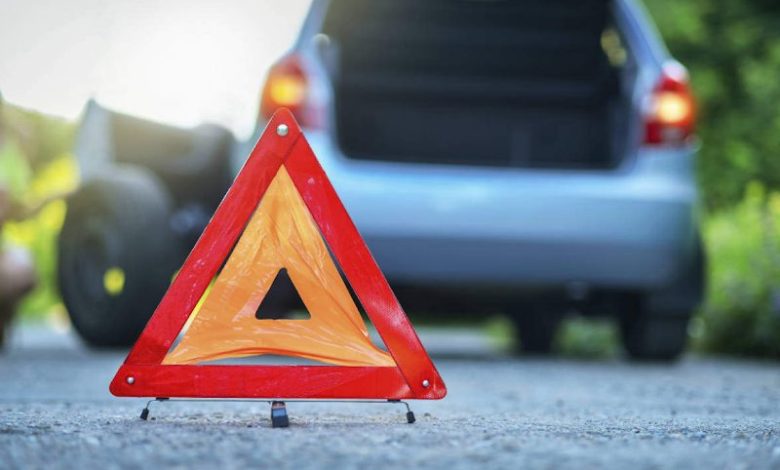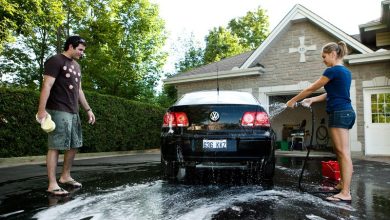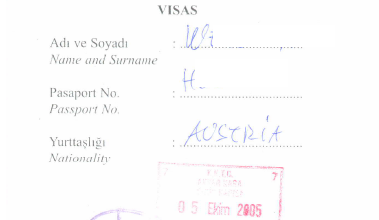4 Steps to Take if You’re Stranded on the Highway

You see it all the time: Someone is stranded on the side of the highway with their car broken down. You pass them and hope they have roadside assistance or another person who can help them, but then you keep on driving, thankful it wasn’t you.
Until it is, and you’re the one stranded on the highway. It’s everyone’s nightmare. What do you do when your car troubles are severe enough that you can’t drive it and you have to pull over on a busy or isolated road?
The first thing to do is not stress. It’s normal to be nervous or emotional. However, thinking clearly is vital to your safety at this point. Follow these steps when you’re safely on the side of the road and out of harm’s way.
1. Step One: Pull Over, Then Pull Over Some More
How far can you pull over before you’re on a ledge or a decline? Get as close as you can to that limit and as far away from the road as possible. Pulling off the side of the road is important, but you don’t want to take the chance that another driver isn’t paying attention and swerves into your car.
When you think you’re over far enough, get out the passenger side door, check your distance from the road, and, if possible, move over some more. Don’t leave through the driver’s door just in case it opens into the lane, and an oncoming car runs into you.
2. Step Two: Exit the Car
Staying in your car can be dangerous if someone doesn’t see you and rear-ends you. Turn your hazards on to make your car visible, and hang a white cloth from the driver’s side window to let other drivers know you’re having vehicle trouble.
Unless the weather is bad, have everyone exit the vehicle via the passenger doors, then move a few yards away from the car, far away from the road. Get them situated, then look in your emergency kit for flares if it’s dark out. Flares can help let other drivers know that you’re there.
Place three or four flares in a row behind your car, away from the road.
3. Step Three: Call for Help
Now that everyone is safe, it’s time to call for help. If you have roadside assistance, you may see the phone number on the sticker on the side of your car window. Otherwise, you may have to look up the phone number for your company.
Don’t worry about having your account number; they should be able to look you up by your name or your car’s VIN number (located on the top of your hood by your windshield). They’ll ask you about the kind of trouble you’re having, your car details, and where you are.
Giving your location can be tricky if you’re in the middle of nowhere. If you have an iPhone and the mechanic has a cell phone, you can share your GPS coordinates with them so they can pinpoint your exact spot.
You can use this same trick if you have to call the police for emergency help. Remember, 911 isn’t available everywhere. Before you dial 911, check the state’s highway assistance number.
4. Step Four: Stay Occupied
Help is on the way. It may be an hour until they get to you, or it could be longer. While you’re waiting, your adrenaline will subside, and your nerves will start to kick in. The best thing to do is to use this time wisely and stay busy.
If you’re going to be late to your destination and someone is waiting for you, call them and let them know what’s going on. Give a heads up to anyone who might be worried about you that you’re okay, but you had car trouble, and you’re stranded until help can arrive.
In a worst-case scenario where you might not get anyone to come your way for a few hours or longer, you’ll have to be proactive. Look in your vehicle for any emergency supplies, food, and drinks. Pack them in one easy-to-carry spot. If you have jackets, blankets, or tarps, gather them as well.
If your car charges while it’s off, consider keeping your phone plugged in until it’s fully charged. You’ll have everything you need to pass the night and your supplies together in one place. It will be stressful, but the day will come, and so will help.
Conclusion
No one wants to be stranded, but it happens every day. If you’ve drawn the short straw and it’s your turn to break down on the side of the road, stay calm, and follow these four steps to stay safe.



